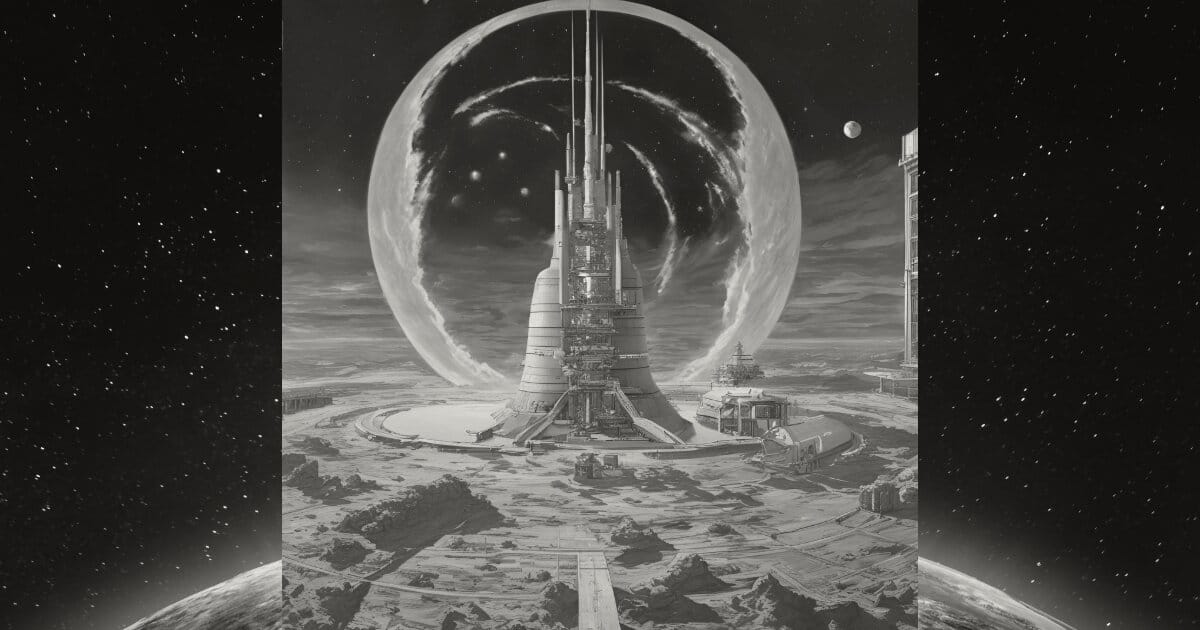It is often said that the future is not pre-determined. The character of those in the present, chisel out the future, one action at a time. The never-ending quest for understanding our world has spurned our journey forward like no other. In science fiction, its inspiration to science is indisputable. Can electrostatic engine design literally defy the laws of physics and propel us to the stars?
Using electrostatics, Charles Buhler and his team at Exodus Propulsion Technologies have made a breakthrough. They claim to use electric field variances to move the centre of mass of an object. Imagine a space faring vessel producing a field around itself where it moves itself forward? Could we travel to the stars?
Electrostatic Beginnings To Space Travel
Despite its great potential, external experts have yet to test and peer review this latest breakthrough in advanced propulsion research. Field manipulation for me is an important step in the right direction, given what we know about the vacuum of space and related physics.

From Terror to Valor: Echoes and Shadows, available at your favorite digital bookstore
Since my youngest days watching Star Trek and going to Star Wars movies, I happily agree with the writer’s exclusion of fossil fuels as a mode of propulsion for space faring vessels. It just felt right to do so. For me, it also made the experience more believable. Remember warp fields in Star Trek–and now, electrostatic fields showing real promise? Some call it coincidence, I call it inspiration.
Science Fiction For All
Despite the aversion to science for many, I would encourage such folk to join us in the viewing of quality science fiction. What makes science fiction quality in my eyes is its partial link, no matter how loose, to the real world. We all enjoy a tale about the human spirit and the struggle with life’s challenges. Now, just add a sprinkle of technology.
Seeing the impact of plausible science in a good science fiction publication can bring us closer to our real world. In my web serial, Hindsight Station (nb. will launch on Patreon in the coming months)–James Fong, our protagonist, invents an ion based engine that uses field manipulation for enhanced performance. His designs resonate with this electrostatic field breakthrough discovered in the real world.
The Future In Our Minds Eye
Electrostatic breakthroughs such as this feature along an arc of progress that is theoretical physics and material design. My belief is in the future that is made better, not worse by technology. As I draft more and more chapters of Hindsight Station, the need to bring everybody along its path becomes inset in to the human story I am telling.
Technology is being used for good, and also for evil. How we create, innovate, and bring new technology to the world is our gift and our curse. In Hindsight Station, this is a retrospective fact everybody accepts at Ardland Prime.
In today’s real world, we have a lot to learn about how quickly we can safely advance new technologies into the general population. It is also why the pursuit of knowledge must never fall victim to any regressive politics of the day. In our real world, our learning experience not only improves our world, it guards the future of our unborn children.
About the Author
As I move onto my next authoring project, I will post less frequently on the real-world issues linked to my novel, From Terror to Valor: Echoes and Shadows. My next project, Hindsight Station, will be a progression science-fiction webnovel, delivered via Patreon and eventually Royal Road.
John is a versatile author known for his gripping fiction narratives in the thriller, action, and suspense genres. With a background as a journalist since 2016, and expertise in cloud technologies as an engineer; John brings a unique blend of storytelling prowess and technical acumen to his work.




